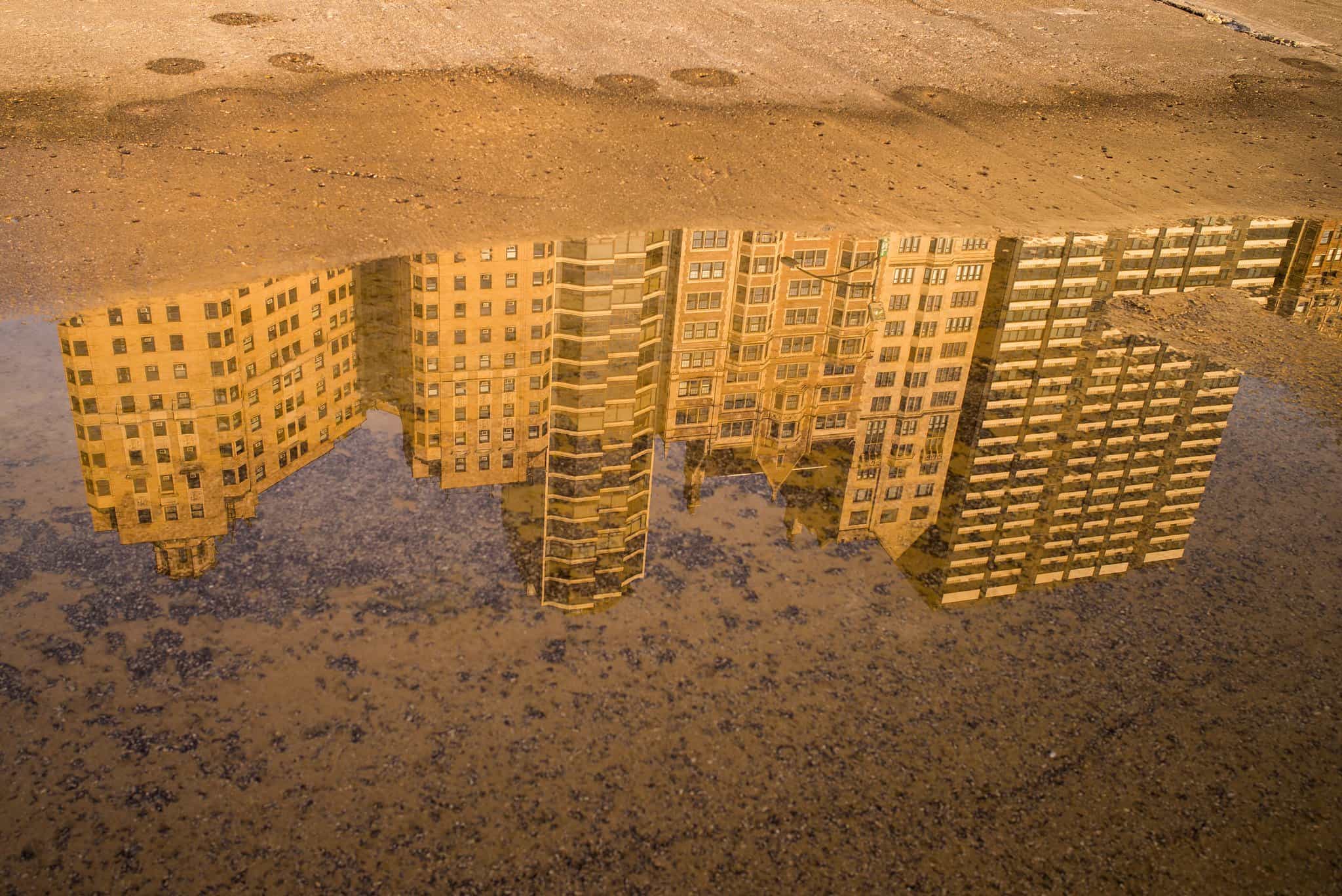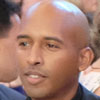“It was the best of times, it was the worst of times, it was the age of wisdom, it was the age of foolishness, it was the epoch of belief, it was the epoch of incredulity, it was the season of Light, it was the season of Darkness, it was the spring of hope, it was the winter of despair … ” – A Tale of Two Cities, Charles Dickens
The segregation in Chicago (and many other cities) would be fascinating if it weren’t so tragic.1 For example, when Chicago’s Red Line enters the infamous South side, the ridership almost magically becomes all black. In many cities in-fact, most urbanites somehow seem to know where the “sketchy neighborhoods,” “Latino neighborhoods,” “up-and-coming areas” etc. are and act accordingly.
But why do such damaging divisions still exist in our cities, especially in the world’s richest country and with legislation explicitly making such divisions illegal? Why is there so often a good part of town and another, harsher part of town?
“Us” and “Them”
The obvious reason is that there are structural inequalities that continue to widen the gaps in our cities. These are a result of many factors like the legacy of “redlining” and the prison-industrial complex, to name a few.
More basic than that though, I think another big reason why we can make frustratingly little progress in closing these gaps is because we’re often prevented from moving beyond an “us” and “them” stance. When we adopt this stance, we close ourselves off to learning deeper realities from the people who actually live them. In this way, we can subconsciously start to believe that we’re truly different than “them” and that their fight isn’t ours. This is how segregation thrives.
In Chicago today, the condition of the city’s rougher parts is typically only known abstractly or from a distance as disembodied facts. The stories of the people who live in those parts are seldom heard, or if they are, rarely from their perspective.. But when we seek these stories out and listen to them, we’ll find they have a lot to teach us. Such stories showus that, despite key differences, there’s much we can relate to in each others’ experiences. And when we let these stories touch us deeply, we can better fight for social progress and end the separation in this and other cities.
Here are some of those stories.
Tales of Jail
I’ve been meeting with one young man regularly at the county juvenile detention center. He has been there for over two years, awaiting trial. In one sense, I know his background: I’m familiar with all the important prison statistics as well as poverty and violence rates in Chicago. But in a truer sense, I know close to nothing. In his poetry, which he has generally allowed me to share, he lets me begin to learn his story, his way.
“Every month or two I throw out my old notebook …
My body’s filled with 100 different feelings 200 different thoughts ….
I love life but sometimes I wish I could skip days like a skipped line” – “My Composition
“I’m so sick of people saying they understand me, without taking the time to look and read the guidelines of my story” – “Jail”
“I made the biggest mistake of my life
And sold my soul to the devil
Before I knew what it was actually worth” – “My LIfe”
This is just one voice of the many young men who inhabit our country’s correctional facilities.
Tales of Hope
Precious Blood Ministry of Reconciliation (PBMR) is the group the lets me join their visits to the jail. It’s a ministry of presence. Outside of the jail, they work with the same population of young people in the jail hoping to offer new ways of reconciliation to end the cycle of violence in Chicago.
They also meet with multiple groups like police officers, families of incarcerated people as well as victims, concerned community-members, and interested people from all over the city. Stories are shared and divisions are narrowed. Through helping people listen to each others’ stories, they are helping to solve some of Chicago’s problems.
Last Sunday night, PBMR’s Sister Donna, Father Kelly and a group of mothers flew to New York City to go on the Today Show with Megyn Kelly. They wanted to tell America some of their story. In their interview, they talked about violence, losing their young people, and how they hope to move forward.
Likewise, the upcoming website “Connected Chicago” seeks to let people from around the city upload videos as well as organize and invite each other to events around town. By sharing and accessing these first-hand stories, the goal is, we can learn about one another, break the imaginary (yet real) lines that divide Chicago, and actually connect. When this happens, maybe this city will be able to equitably move forward. But first, I think, we have to listen and learn.
Keep Learning the Tales
Listening to another and being able to connect with them is powerful stuff. There’s a lot of potential in this not only for Chicago, but anywhere people stop being people and become statistics. This isn’t the work of reconciliation or systemic change just yet, but it’s an important start.
My prayer for myself is that that I use my two ears and one mouth proportionally, keep learning deeply, and that this learning sticks. But I hope that this piece encouraged your deeper learning, too, and that, at the right time, we each do something with this learning.
***
Image courtesy FlickrCC user Roman Boed.
- For a history of the legal and economic history of Chicago’s housing segregation, check out Beryl Satter’s Family Properties: Race, Real Estate, and the Exploitation of Black Urban America and the work of Jack Macnamara at Loyola University Chicago’s Center for Urban Research and Learning. ↩


